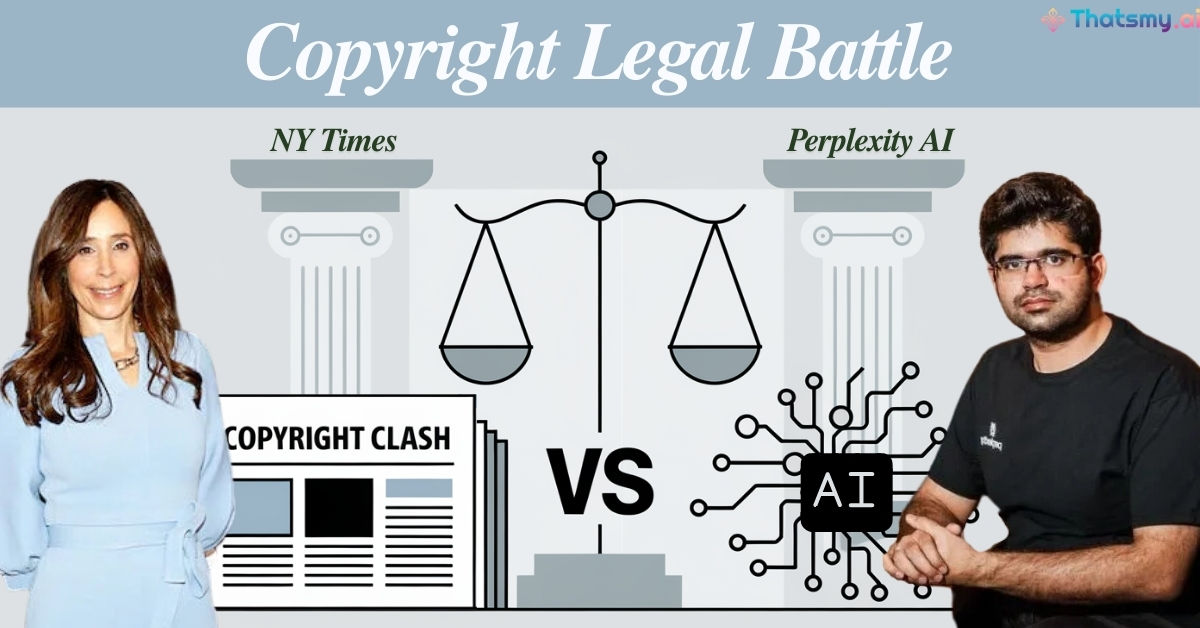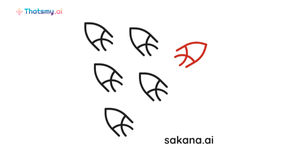The New York Times (NYT) has sent a cease-and-desist notice to the AI startup Perplexity, accusing the company of using its articles without permission in AI-generated content. The conflict raises concerns about how AI models use copyrighted material for data training without the necessary licenses or agreements. Perplexity’s actions are part of a broader debate on the ethical and legal boundaries surrounding AI technologies and content usage, as publishers seek to protect their intellectual property.

Artificial intelligence (AI) is making our lives better in many ways, but it's also creating some new problems. One example is a conflict between The New York Times (NYT) and an AI company called Perplexity. Recently, NYT sent a cease-and-desist notice to Perplexity, accusing them of using their content without permission.
This situation is really about trying to balance new technology and respecting people's rights to their work. It's a tricky situation, and both sides have a lot at stake. Let's look at what happened and why it matters.
On October 2, The New York Times sent a cease-and-desist notice to Perplexity, telling them to stop using its content for AI purposes. According to NYT, Perplexity was using its articles to make summaries and other kinds of AI-created outputs without getting permission, which breaks copyright laws.
The notice demanded that Perplexity "immediately cease and desist all current and future unauthorized access and use of The Times's content."
Perplexity said they weren’t using the articles to build foundational AI models but were instead indexing web pages and giving factual citations when users asked questions. This may sound fair enough, but NYT said their content was still being used by Perplexity even though the company promised to stop using web crawling.
NYT also wanted to know how Perplexity was still accessing their site despite NYT’s attempts to block them.
Cease-and-desist notice date: October 2
NYT's demands: Stop unauthorized access and provide details on how content is being used
Perplexity's position: Only indexing web pages to give factual answers, not using them to train models
Deadline for response: October 30
This issue is part of a bigger problem between media companies and AI firms. AI startups are trying to innovate, but big media companies want to protect their hard work. It’s a bit like a modern David versus Goliath story.
This isn't the first time AI companies have faced problems with publishers. Since ChatGPT came out, many publishers have been worried about chatbots that search the internet and create summaries without permission.
Companies like Condé Nast have also sent cease-and-desist letters to AI companies for using their content without approval. The New York Times even has another case against OpenAI, saying that millions of their articles were used without permission.
Copyright law: Protects creators from having their work used without their permission
AI models' approach: Often scrape content from the web, which might break copyright rules
NYT vs. OpenAI: NYT also sued OpenAI for using its content to train an AI chatbot
Bypassing standards: Many AI companies were ignoring rules that publishers set to stop data scraping
It seems like this clash was going to happen sooner or later. AI can create really cool stuff, but a lot of it is built on content that people spent a lot of time creating. Media companies like NYT want to make sure there are rules in place so their work isn’t taken without permission.
The outcome of these legal fights is going to be important for both the tech world and the media industry. This is where things get tough because both sides have a lot to lose.
Raises questions about what’s public information and what’s protected
Could mean more licensing agreements to legally use content
Protecting their business model and making sure they can keep creating high-quality content
Fear that if AI companies use their content for free, it might hurt the future of original journalism
Perplexity has also faced issues with other media companies, like Forbes and Wired, who said Perplexity was copying their content. In response, Perplexity started a revenue-sharing program to try to solve some of these concerns.
It’s a step in the right direction, but is it enough?
Honestly, in my opinion, the only way for Perplexity is to work together with content creators instead of fighting them.
The cease-and-desist notice from The New York Times is a big move to protect their rights. If Perplexity doesn't follow the demands by October 30, things might end up in court.
Court case: If Perplexity doesn’t comply, it might lead to a trial, which could be a major turning point
New regulations: This could lead to new rules that ensure creators get paid for their work
In the meantime, Perplexity and other AI startups might need to change their approach. They could start working with content providers more closely, which could mean licensing agreements or revenue-sharing programs. Working together might be the best way forward instead of going to court.
Some AI companies are starting to share advertising revenue with content publishers to calm things down. This could help create a more balanced relationship between AI innovation and media creators.
The fight between The New York Times and Perplexity AI shows us the legal and ethical challenges that come when technology moves faster than the rules. As AI keeps growing, we need to figure out how to enjoy all the benefits of this technology while respecting the rights of content creators. The outcome of this case will probably shape how AI companies and content creators work together in the future, setting the rules for how media content can be used in this new age of AI.
For now, it’s a waiting game—one that both tech companies and media organizations are watching very closely. Both sides have valid points. We need to encourage innovation, but we also can’t ignore the value of original work and the rights of those who create it.
Sign up to gain AI-driven insights and tools that set you apart from the crowd. Become the leader you’re meant to be.
Start My AI Journey
ThatsMyAI
23 February 2025

ThatsMyAI
4 November 2024

ThatsMyAI
25 September 2024

ThatsMyAI
26 August 2024